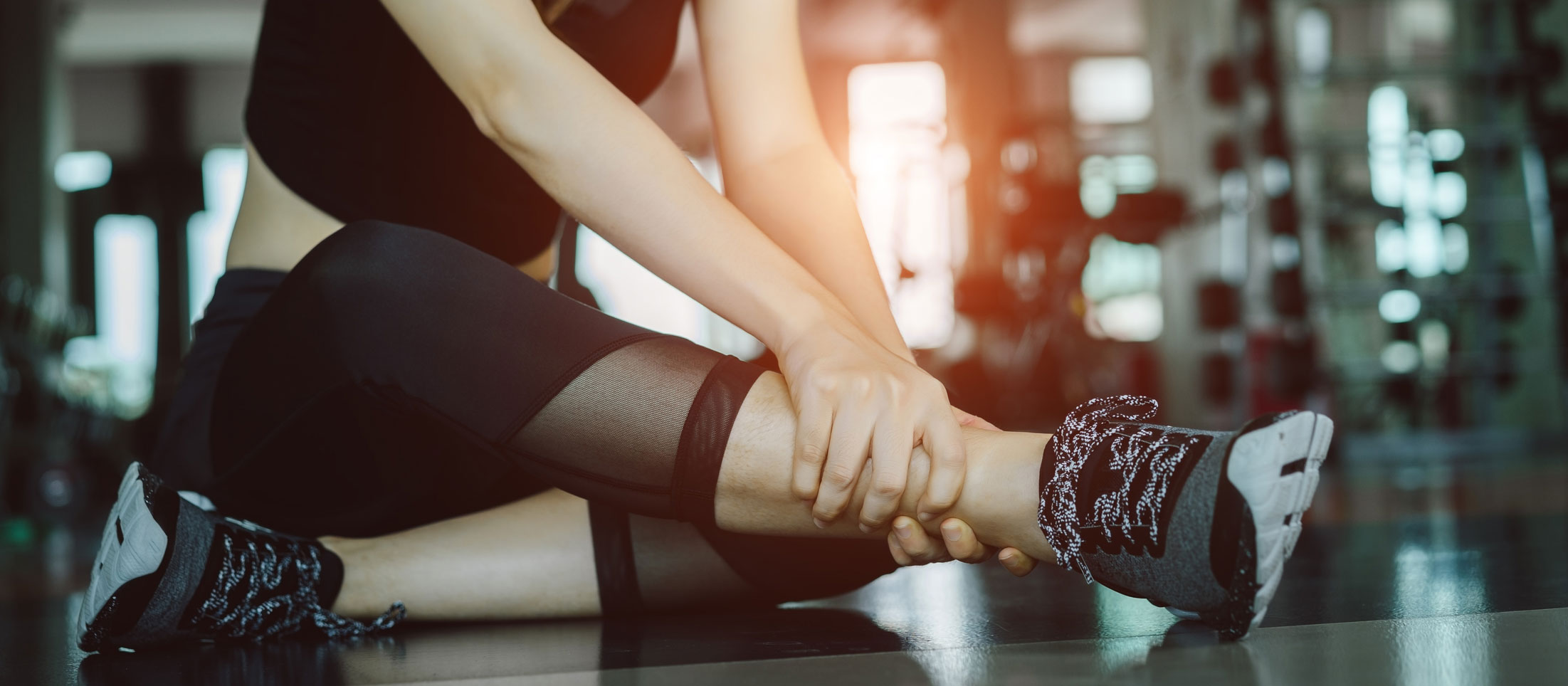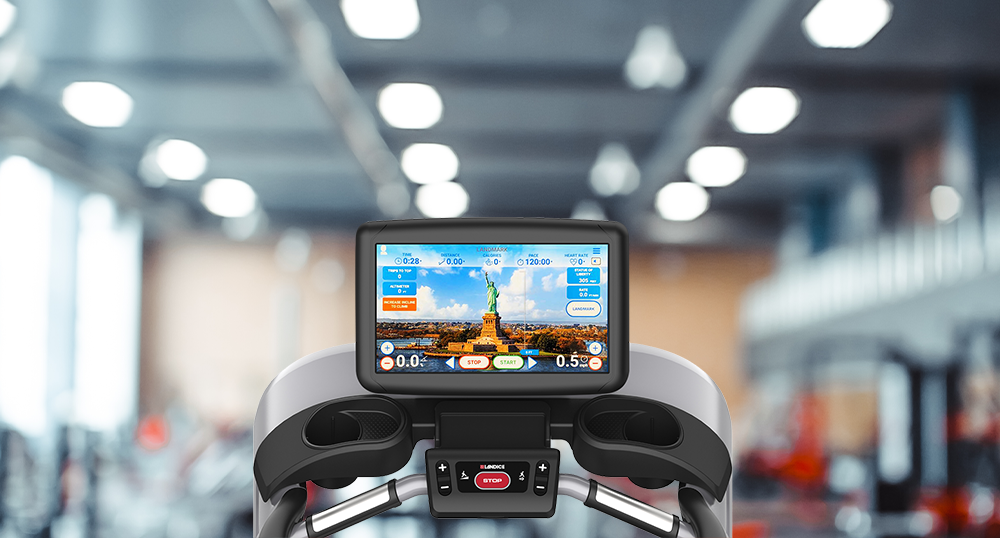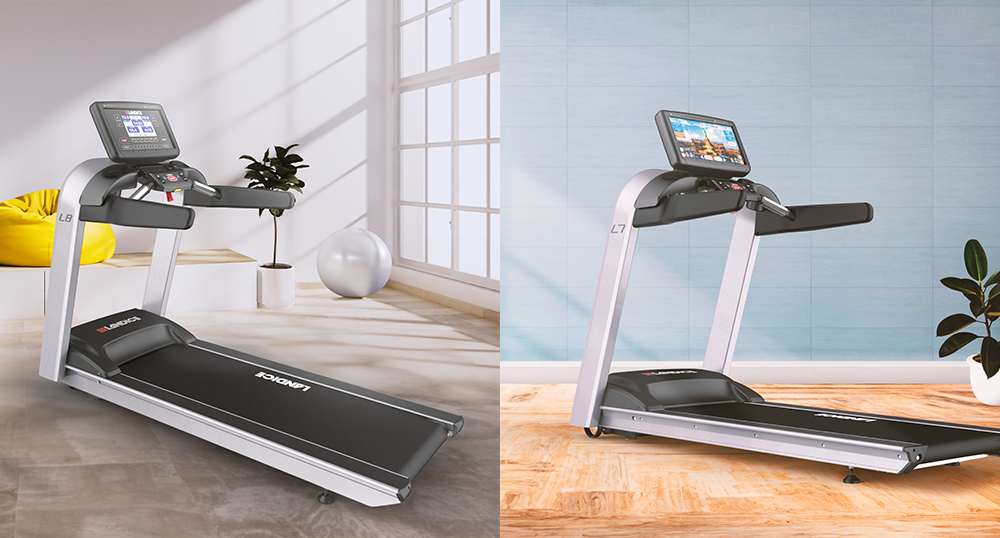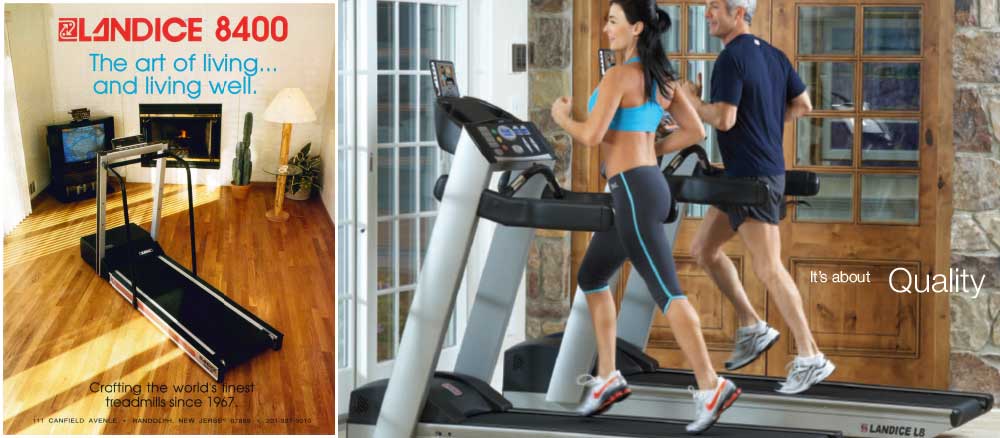Here’s How You Can Avoid Treadmill Injuries
April 26, 2018
The calendar says it is springtime and your body may be saying let’s get outside and train. But, in some parts of the country there’s still snow on the ground and some of us wake up and run when it’s still dark out.
Your treadmill is an important tool in your training regimen, especially when the weather is nasty. It’s also a way to toughen your mental stamina. Since it’s easy to hit the stop button, if you keep going you know you’re just getting stronger mentally.
But you also have to consider the physical side of indoor training. Running on a moving belt—especially if it's too fast for your fitness level—can affect your stride. In fact, experts see specific injury patterns in those who use the machine as their main training ground. Things like hip-flexor strains are common among runners who put a lot of miles on the belt, as well as shin, Achilles, and iliotibial-band pain in treadmillers who run with a too-narrow stance.
If a treadmill is a valuable part of your running life, consider these strategies for keeping your body healthy and your brain happy.
Treadmill Issues/Solutions
Issue: Speed and Stride
Solution: You might like keeping to an aggressive pace, but because the treadmill keeps moving even as you tire, you may overstride—land with your foot too far ahead of your body—as you attempt to keep up with a too-fast belt. And that can lead to knee, hip, and hamstring pain. Try to match your treadmill stride rate to the stride rate you have on the road. If your stride rate—the number of steps you take per minute—is much slower on the treadmill than it is outside, it's a sign that you're struggling on the belt and likely overstriding. (To find your stride rate, count the number of steps one foot takes in 20 seconds. Multiply that times three. Then double it.) If you're off by 10 percent or more, you're putting a new stress on the body.
Issue: Autopilot Zone
Solution: Running the very same comfortable pace and incline mile after mile, day after day can cause problems because the belt's flat, uniform surface works your muscles and joints in a repetitive way. Things you'd encounter in an outdoor environment—hills, rocks, sidewalk cracks—force your body to shift and make adjustments. These micro-changes to your movement patterns help balance out the workload, preventing certain muscles and joints from getting overtaxed.
Variability is key. Using the preset treadmill programs, doing hill work, and changing up the pace are a good way to vary your system. Plus, a workout that mixes up things can help the miles pass more quickly than a tedious steady slog. Try a tempo workout you can do as you watch TV: After 10 minutes of easy running, ramp up to your tempo pace and maintain it during a show. Slow down and jog for recovery during the commercials, then return to tempo pace when the show resumes. Cool down with five minutes of easy running. Check out these treadmill training tips.
Issue: Boredom Cuts Workouts Short
Solution: You won't get fit if you never finish planned runs. So in addition to changing up your pace, there are other mind games you can play. Tell yourself you have to get through X number of miles before you can shed one layer of clothing or put on music. Or, reserve your favorite books, podcasts, movies, or playlists for your treadmill time. Studies show that music lowers perceived effort, so you feel less tired than you would without tunes.
Issue: Training Inside, Racing Outside
Solution: To get used to variables you may face on race day—such as headwinds, elevation changes, and weather conditions—do your long runs outside. But if it's a choice between a treadmill long run and no long run at all, then hit the belt and try to vary your pace and incline as much as possible to resemble the terrain you'll encounter outside. And, like any other long run, treat it like a race-day dress rehearsal. If you plan to walk through aid stations during your race, do the same on your treadmill so your body gets used to slowing down and then speeding back up. Likewise, if you plan to race with a fuel belt, wear it during your run—even if you could simply store your water bottle and gels in the machine's console—so your body is trained to carry it.
What Does Runner's World Say About the L8?
.png?width=258&height=54&name=Landice_logo%20(1).png)



